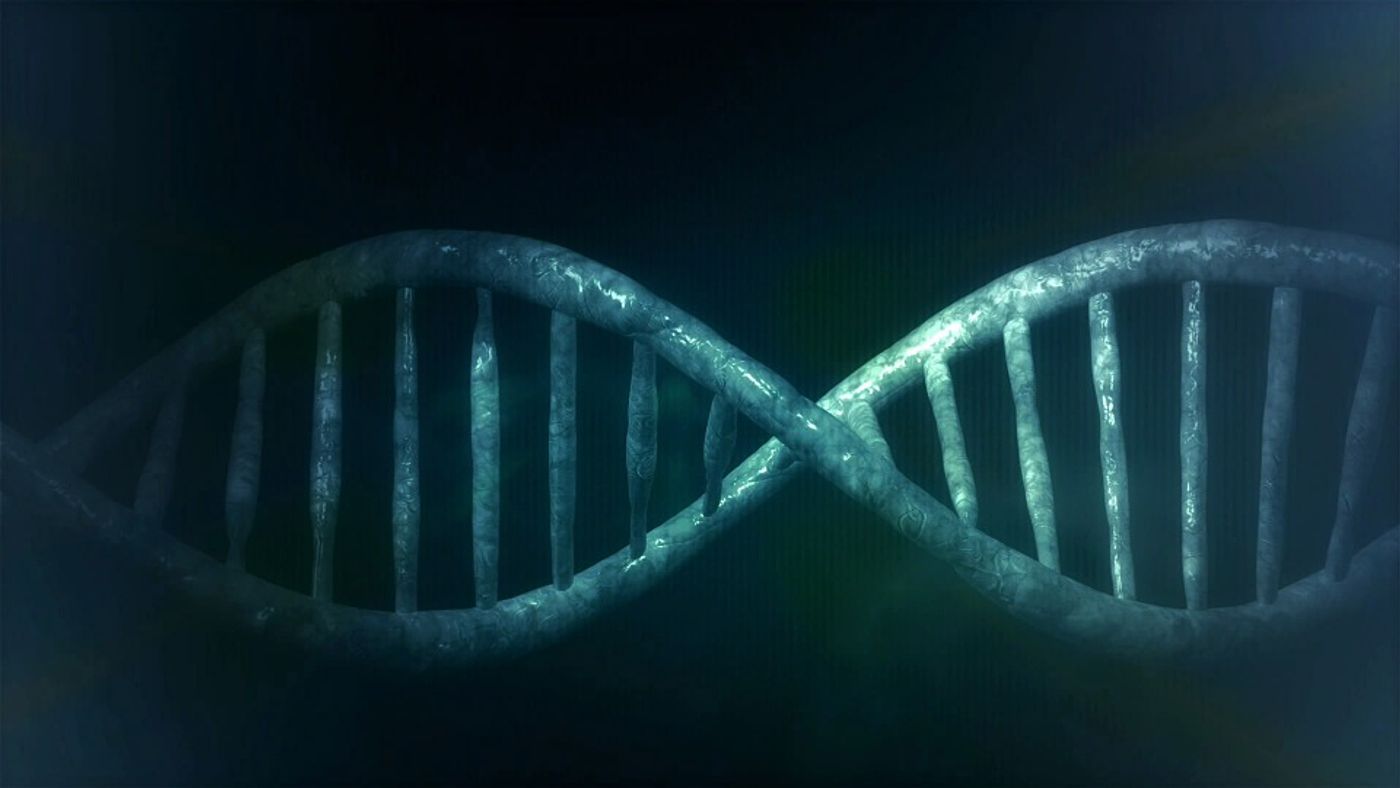How Much of the Genome is Functional?
Our genome, the sum of our genetic material, contains the directions for building our bodies. There is some dispute, however, over how much of our genome has functionality, and how much of it is just filler. Some estimates, like the one from the ENCODE project, have gone as high as 80 percent. New work from an evolutionary biologist posits that at most, a mere 25 percent of the human genome is functional.
Reporting in Genome Biology and Evolution, Dan Graur of the University of Houston suggests that probably 10 and 15 percent of the human genome has a function, and no more than 25 percent. The remaining DNA is harmless and useless - true junk DNA.
For this work, Graur used a straightforward approach to make his determination. He used the replacement fertility rate and the deleterious mutation rate. We already know the size of the human genome, and there is documentation of human population growth. These figures were used to generate a model of how harmful mutations cause a decrease in reproductive success in the context of the functional genome.
The functional genome is considered to have arisen through natural election; through evolution parts of the genome that had a desired effect were selected for. Genes that code for RNA and get translated into protein are an example of a selected-effect function. Therefore, harmful mutations will only cause damage to this part of the genome. Mutations occurring in nonfunctional regions are considered neutral because they have no effect on function.
In order to keep population size constant and overcome the effect of deleterious mutations, every couple of people has to create (slightly more than) two kids on average. Grauer noted that population size was stable until the 19th century, with fertility rates hovering around two to three children per couple. After a reduction in newborn mortality, the fertility rate went beyond what was needed for replacement.
Graur learned that excessively high birth rates would be necessary for sustaining the population if a full 80 percent of our genome had functionality, even if a low estimate was used for the deleterious mutation rate.
"For 80 percent of the human genome to be functional, each couple in the world would have to beget on average 15 children and all but two would have to die or fail to reproduce," he wrote. "If we use the upper bound for the deleterious mutation rate (2 × 10?8 mutations per nucleotide per generation), then ... the number of children that each couple would have to have to maintain a constant population size would exceed the number of stars in the visible universe by ten orders of magnitude."
Graur wants his work to reshape genomics research. "We need to know the functional fraction of the human genome to focus biomedical research on the parts that can be used to prevent and cure disease," he said. "There is no need to sequence everything under the sun. We need only to sequence the sections we know are functional."
This research will surely add to the debate about the so-called junk regions of our genome, and how much influence these areas might potentially have on the rest of our genome.
Check out a talk featuring Graur in the video.
Sources: AAAS/Eurekalert! Via University of Houston, Nature, Genome Biology and Evolution









